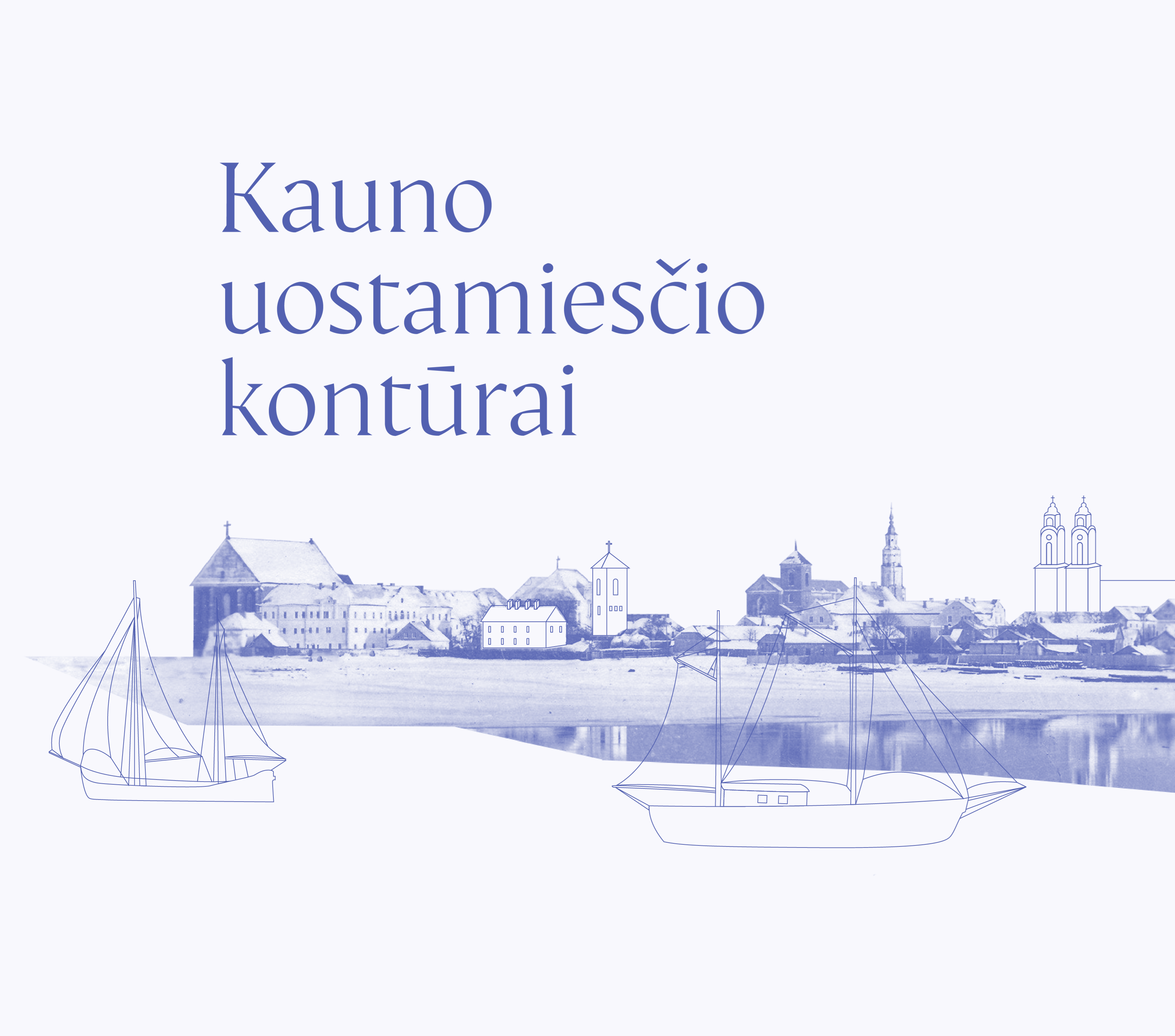The cultural river research platform TẽKA and the Kaunas branch of the Lithuanian Union of Architects invite you to take a deeper look at the phenomenon of the Kaunas port town and get acquainted with its rich urban and architectural history.
The city of Kaunas, located at the confluence of the country’s two biggest rivers and using its unique geographical situation for defensive and logistical purposes, quickly managed to build river transport corridors both to the upper reaches of the Nemunas and to the lower ones, and for several centuries held the title of the largest river port in the region. Inner waterways created conditions in the 15th century to establish an office of the Hanseatic League in Kaunas, whose activities strongly influenced the urban structure and architectural face of the medieval city, and a few centuries later, in the 18th century, after the digging of the Oginskis canal, helped Kaunas experience an unprecedented growth; its architectural character in the 19th century was strongly influenced by the newly built commercial port warehouses and the stone embankments of the Nemunas river (the so-called “cimbruvka”). This period of prosperity in the port town lasted until the mid-20th century, when due to various political and economic reasons, the memory of the Kaunas port town, as well as the architectural image of the former port, practically disappeared from the collective memory of the residents within one generation. Today, the image of the old port town remains only in the memories of the oldest residents, historical photographs and paintings, and described in the works of historians, but if not cultivated, will completely disappear from the imagination of the city’s inhabitants.
The project aims to popularize the memory of the historical Kaunas port town and the heritage of river culture, as well as the city’s shipping history, by presenting a recreated model of the old port in a virtual environment. During the year-long historical-urban research, the project team collected various iconographic information related to the Kaunas port town, carried out archival research, recorded the situation of surviving buildings, and carried out architectural measurements of dilapidated buildings, according to which various structures of the historic port city were drawn: commercial warehouses, shore infrastructure, and old Nemunas ships. After the end of the project, these 3D objects will be interactively presented on the website www.upynes.lt as a historical virtual model of the port town and an educational tool, freely accessible to the public and telling about a forgotten stage of Kaunas’ history.
The project team consists of art historian PhD. Justinas Kalinauskas, architecturologist PhD. Paulius Tautvydas Laurinaitis, historian PhD. Gediminas Kasparavičius, archaeologist PhD. Žygymantas Buržinskas and architect Rasa Chmieliauskaitė.
Text narration by Martyna Mačiuikaitė
Project curator and author of the idea PhD. Justinas Kalinauskas
…………………………………………………………………………………….
The project is carried out by the cultural river research platform TẽKA and the Kaunas branch of the Lithuanian Union of Architects
Project partner – KTU Architecture and Urbanism Research Center (www.autc.lt)
The project is financed by the Lithuanian Council of Culture

